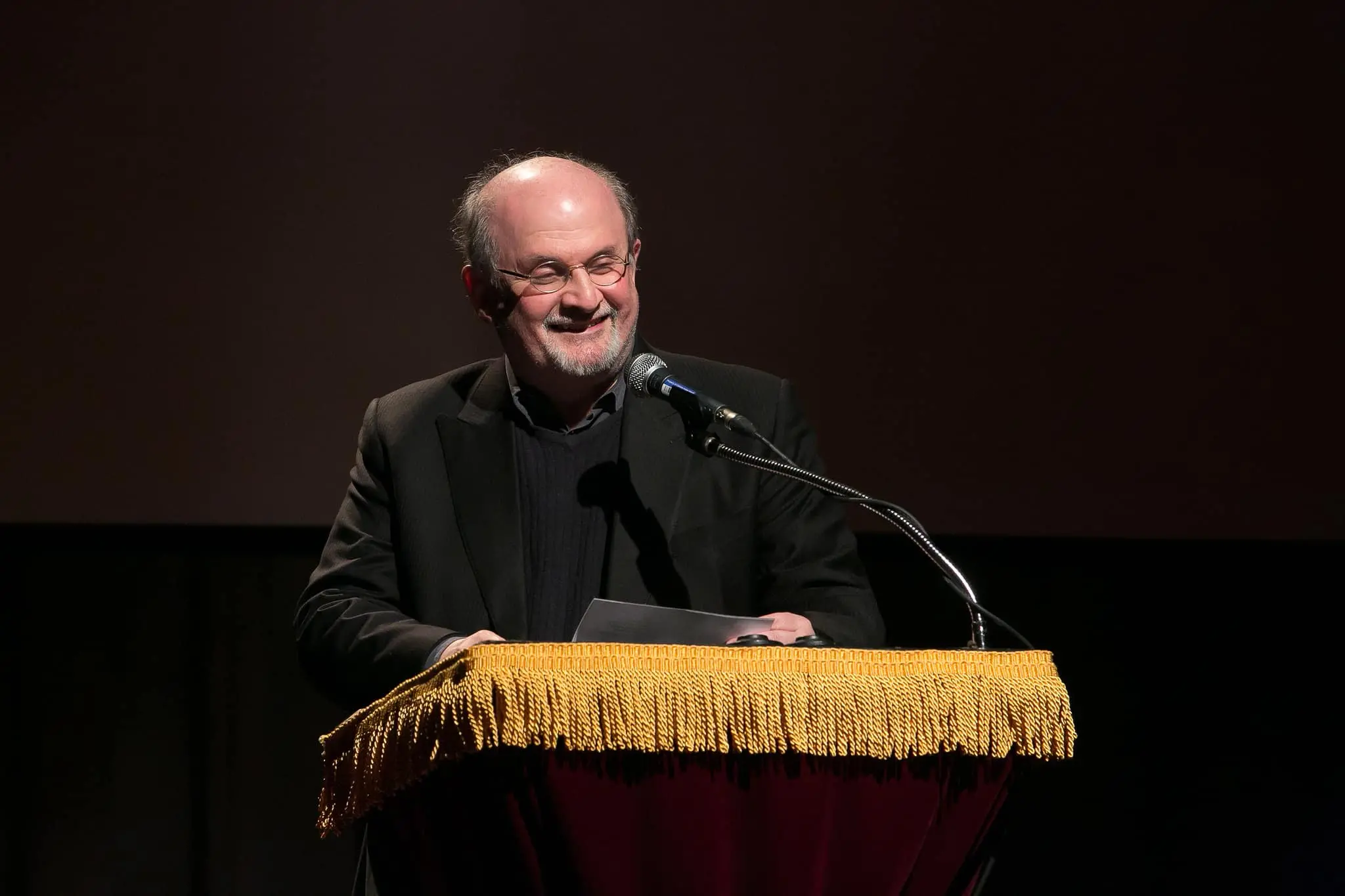*This roundtable is a part of PEN’s new and ongoing initiative, The PEN Equity Project
GO DIRECTLY TO THE ROUNDTABLE DISCUSSION
INTRODUCTION
“Who am I?” “Who are you?” “Who are we?” These are the questions children wonder about and try to figure out. As a children’s book author, I believe it’s my responsibility to try to help children of whatever age I am writing for feel and see and ultimately understand WHO WE ARE and that although each of us is unique, all of us are the same in many ways and different from each other in other ways. Going back to my elementary school years, I rarely read books that had anyone in them who didn’t look like me. I adored Pippi Longstocking, and even though she had red hair and braids and I had brown hair and never had braids, we both had white skin. So in that way, we were alike. But in my freshman year in high school, the first novel we were assigned was HUCK FINN.The character that engaged me most was not Huck, but Jim, a slave, and his attempts with the help of Huck to try to escape to the North and become a free man. I was not like Jim in so many ways, but Twain’s story of an African-American man who was a slave resonated with me and shook up my view of the world as I had known it. Perhaps that’s one reason why many of the books—not all—that I have written and now write are inclusive.
Many years later, I worked on The Bank Street Readers, which were first published in 1965 and the first reading series with stories that showed and celebrated diversity. Bank Street argued with the publisher over the undisputed fact that it really mattered not only for children of color, but for all children, that the stories and art in this reading series had to include all kinds of people, not just white people, but also people of color along with those who are part of many different ethnic, cultural, and religious groups in our communities. Ultimately, Bank Street’s stance prevailed and in the end, the stories in this series reflected and showed what America really looked like at that time.
Fast-forward to 1992 and my very first conversation with illustrator Michael Emberley before our book It’s Perfectly Normal was sold. I stated that the text and art in this book had to reflect what America really looked like. Michael agreed immediately and completely. Our future publisher also agreed and the same has held true for any published books that followed or books I am working on now.
What we write just might help children embrace this diversity so that as they become older, they can become informed, responsible, and active citizens in our democracy…
When I decided that diversity would have to be a key part of It’s Perfectly Normal, it took a lot more time than I thought to figure out how diversity would be reflected in the text and what each person in this book might say, look like, or wear; or who would be which race and/or ethnicity; or how gender, age, or disabilities might play into the text and the art; and who would have what body shape, skin color, hair, or eye shape; or what might various members of a family or a group of kids say, be like, or look like. During this process, we had many helpful meetings with diverse groups of adults and kids to read, look at, and comment on our work in progress as a way to help us check that what we were creating was truly inclusive. Today, I continue to use this same process when writing each new book, because it helps me see beyond myself. Sometimes a mistake is made. Or material becomes outdated. But any mistake is remedied and all information is updated in each new edition. All of us who have worked on these books feel it is our responsibility to do so for the kids who read our books.
I also feel that not every book should or can depict diversity. But that does not mean that there should not be lots of books, and more books published, in which every child, not just some children, can find themselves in one way or another in many books, validating for every child that each child matters. As our nation continues to become even more diverse and the world becomes even more interconnected, what we write just might help children embrace this diversity so that as they become older, they can become informed, responsible, and active citizens in our democracy, and participants in the larger world in which we live. Can children’s books, be they fiction or nonfiction, help children gain an understanding not only of themselves, but also an understanding of and respect for others? If the words and images in our books honestly mirror the diverse and also the common experiences today’s kids have, as well as the diverse communities in which so many of today’s kids live, the answer in many cases is “YES!”

